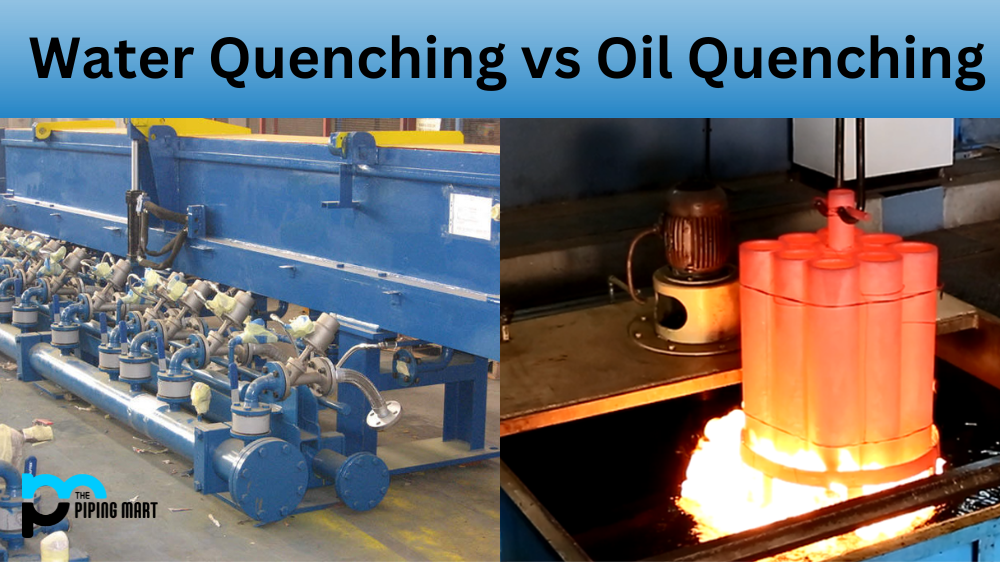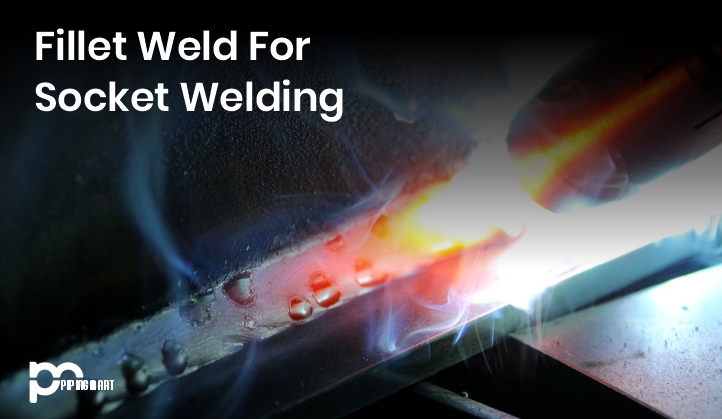Quenching is heating a material until it reaches a specific temperature, then rapidly cooling it to achieve certain desired properties. This is done for various metals for different purposes, such as to increase their hardness. There are two main methods of quenching—water quenching and oil quenching. Let’s explore each method in more detail.
Water Quenching
Water quenching is one of the most common forms and has been used for centuries. Water has an extremely high thermal conductivity, meaning that it can cool quickly and efficiently when it comes into contact with heated metal. However, because water also has a low boiling point, explosive boiling is risky if the metal is heated too quickly or at too high a temperature. This can cause serious risks to both the material being cooled and those working in close proximity. It’s important to ensure that all safety precautions are observed when using water quenching to protect workers from injury or death.
Oil Quenching
Oil quenching utilizes oil as the cooling medium instead of water. This quenching typically takes longer than water since oil has a lower thermal conductivity than water. However, this longer cooling time can also produce better results—harder metals with greater strength—than what can be achieved by water quenching alone. Additionally, because oil does not have the same risk of explosive boiling as water, it can safely cool even hotter metals without any danger of injury or death due to boil-overs or splashes from hot oils or metals.
Difference Between Water Quenching and Oil Quenching
For this reason, oil quenching is often preferred over water quenching for cooling at higher temperatures or for applications where safety must be considered first and foremost.
Water Quenching
Water quenching is a process of cooling metal using water. This method is typically used for steel and iron. Water quenching can be done using either cold water or hot water. The benefits of water quenching include the following:
- Water quenching is less likely to cause distortion in the metal than other methods, such as oil quenching.
- Water quenching is less likely to cause hardening in the metal than other methods, such as oil quenching.
- Water quenching is less likely to cause cracking in the metal than other methods, such as oil quenching.
Oil Quenching
Oil quenching is a process of cooling metal using oil. This method is typically used for steel and iron. Oil quenching can be done using either cold oil or hot oil. The benefits of oil quenching include the following:
- Oil quenching can provide a more uniform cooling than other methods, such as water quenching.
- Oil quenching can help to prevent distortion in the metal better than other methods, such as water quenching.
- Oil quenching can help to prevent hardening in the metal better than other methods, such as water quenching.
Conclusion:
Quenching is an important process in many industrial applications. Still, two main methods—water quenching and oil quenching—are used depending on the material being cooled and the desired outcome from the process. Water quenchings offer faster results but carry greater risks due to their tendency towards explosive boiling under certain conditions. In comparison, oil quenchings take longer but provide better results due to their higher degree of control over temperatures while remaining safe even at higher temperatures than what can be achieved by using only water as a cooling medium. For machinists, mechanics, and engineers looking for an efficient yet safe way to cool their materials during production processes, understanding the differences between these two types of quenchings will help them choose the best suited for their needs during each job they undertake!

A passionate metal industry expert and blogger. With over 5 years of experience in the field, Palak brings a wealth of knowledge and insight to her writing. Whether discussing the latest trends in the metal industry or sharing tips, she is dedicated to helping others succeed in the metal industry.




